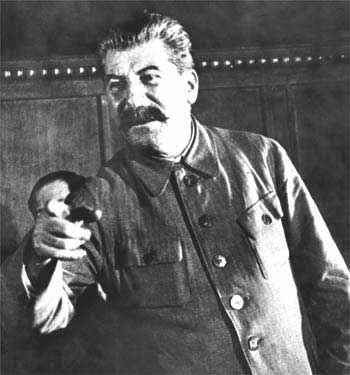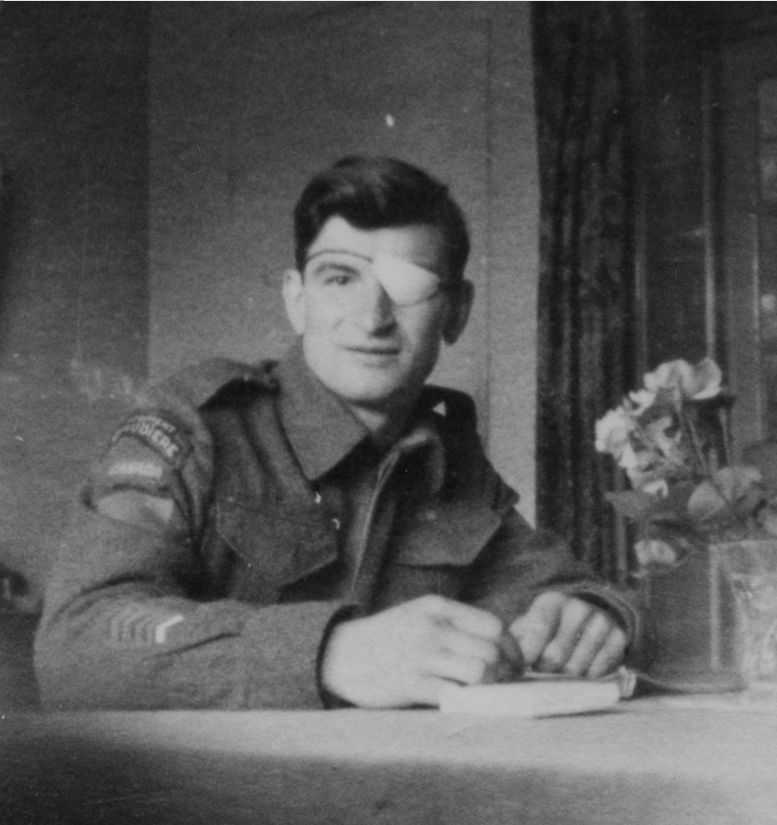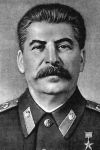Editor's Postscript
The War Illustrated, Volume 6, No. 131, Page 32, June 26, 1942.
At the beginning of yet another volume of THE WAR ILLUSTRATED one is tempted to speculate on what will be its contents. But, remembering the many unexpected events that it has been our lot to record and illustrate in the preceding five volumes the temptation is easily overcome. When I planned and launched the publication in September 1939 little did I guess that well nigh three years later I should be looking back at Russia's mighty stand against Germany, with whom she had signed a pact in August 1939; on the unveiled hostility of Nazi-led France to her ally of 1939; on the temporary passing of so much of the British colonial empire in the East into enemy hands!
It would be no exaggeration to say that hardly anything has happened in this amazing war "according to plan." And that goes for the Nazis as well as for the British; for in some ways the very speed with which most of Hitler's opening blows succeeded had a dislocating effect on his follow-up; just as his astounding and unforeseen hold-up in Russia resulted from the rapidity of his invasion, which Stalin helped to achieve by a strategic retreat to positions that bogged the invaders in a winter of frustration.
So you will understand why am making no vain prophecies about the probable contents of our Sixth Volume. I can say with confidence, however, that it will be the most vitally interesting of the whole series, no matter how long THE WAR ILLUSTRATED may continue or how soon it may end. For before next winter arrives, even if we have not reached decisions, we shall be able to discern the shape of things to come with more cetitude than at this moment. What chiefly harasses one is the question of ways and means. Thus far, we have every reason to be satisfied with the way we have surmounted difficulties that beset our progress since that dreadful day when France collapsed, as all the major evils we have since suffered can be dated from that day. To the shameful defection of Vichy France, far more than to any lack of British foresight or preparation, we owe the disasters that have fallen upon us in every area of the War, by land, by sea and air.
Indo-China was the real crux of the situation in the Far East, and when the Vichy traitors meanly surrendered it to the Japs while they valiantly fought Britain for Syria an entirely new Japanese approach to Malaya and India became possible, and years of preparations, made when the Anglo-French Alliance had every prospect of enduring reality, became worse than useless. To the end of the chapter the course of the War will be affected by that great catastrophe of June 1940. Looking back on the two years that have since been lived through, the British people have abundant cause for pride and none at all for shame. And this I assert with the gravity of our losses clearly in mind, and despite the lugubrious moaning of our native-born Cassandras.
One might add that the French betrayal was also the root cause of the most that we have had to suffer in the Battle of Britain and the Battle of the Atlantic. World history can yield no such heroic chapters as the recovery of British power and the creation of such striking force as our mass bombing of Cologne on May 30/31 disclosed, in face of any country's former ally and nearest neighbour's complete subjection to a ruthless enemy. Every port in France and all her industrial resources have been turned by enemy action against her former ally, who still tries to prove her friend. If it should happen -and signs are not awanting that it may- that the French Navy should be surrendered to Germany and the whole of French Africa in the North and West pass into German control these, indeed, would be the bottommost dregs of the bitter cup which France has asked Britain to drain. One might add and stress all that, but it is better to express the hope that such ignominy may not come to pass, that such waters of Marah may yet be sweetened by another Mosaic miracle.
Well, it is my hope that by the time this Sixth Volume of ours has been completed (say in eleven months from now) it will embody the record of the great decisive events that are now being planned by the United Nations: the Robber Nations will have been made to disgorge most, if not all of their plunder, and if the conflict is still going on the aggressors will be on the defensive, manoeuvring for peace and the cheapest way of escape from a punishment that must be made to fit their crimes. Then another year should set the stage for Democracy's day of judgement. All this I imagine cannot be dated much earlier than two summers hence. Which means that if we are able to secure the materials of production THE WAR ILLUSTRATED will run to a total of at least seven, and possibly eight, volumes. I certainly hope and believe that the final event will not throw this estimate far out. And there, after all, I have let myself in for something very like a forecast, which I had intended to avoid. But I'll let it stand at that!
My readers will notice certain changes in our contents which I have introduced as most suitable to its fortnightly issue. In the earlier phases of the War, and so long as we were able to maintain weekly publication, I felt that our available space was best utilized by going to press as late as possible and recording all outstanding events of the preceding week as effectively as we could with the information at our command. But a new method of treatment is now desirable; hence the three main chronicles of the War's progress which begin in this number. Each of these will provide a continuous survey of the things that happen within the writer's particular field of interest every fortnight. There will be no effort to supply "hot" news, but rather expert appreciation of the news which you have been reading in the daily papers. Special contributors on topics of immediate interest will also appear in every number, sometimes supplementing those discussed in the more regular chronicles, but more often dealing with isolated subjects. In this way readers of THE WAR ILLUSTRATED will acquire an orderly and authoritative understanding of the events that are happening in every theatre of the War.
The collaboration of so eminent a military expert as Maj.-Gen. Sir Charles Gwynn, K.C.B., D.S.O., who has been my valued colleague as Military Editor of that highly successful Standard History, The Second Great War, since its start in 1939, is something on which I can congratulate my readers and myself; for there is no more engaging writer on military affairs and none better informed than Sir Charles. His contribution Along the Battle Fronts will keep my readers in touch with the implications of the things recorded and will build up a rational conception of the War from which all hasty judgements have been excluded.
I am happy also in my other collaborators. Capt. Norman Macmillan, M.C., A.F.C., is in the front rank of writers on aeronautics, two of his books The Art of Flying and Air Strategy, being standard works; while Mr. Francis McMurtrie, A.I.N.A., has specialised for many years on naval affairs, and as editor of Jane's Fighting Ships he holds a unique position of technical authority. You will thus be assured in each number of THE WAR ILLUSTRATED of maintaining contact with all the best sources of expert opinion on all that concerns land, air and sea developments of the War. If space can be found for a regular chronicle of the Home Front on similar lines I may also make that provision, but that will depend to some extent on the varying urgency of providing for adequate treatment of the large topics of general interest that will surely claim our attention from time to time.
Index
Previous article
Our Diary of the War
999th day MAY 28, 1942, Thursday Russian Front - Fierce German attack repelled in Izyum-Barvenkovo sector. Mediterranean - Aerodrome at Catania, Sicily, raided by R.A.F. Africa - Heavy fighting bet
Next article
The War in the Air
In the fast-moving panorama of the air war, some events appear to invest themselves with the significance of isolation. Dramatic as these happenings ofter are, it is a mistake to regard them as things







